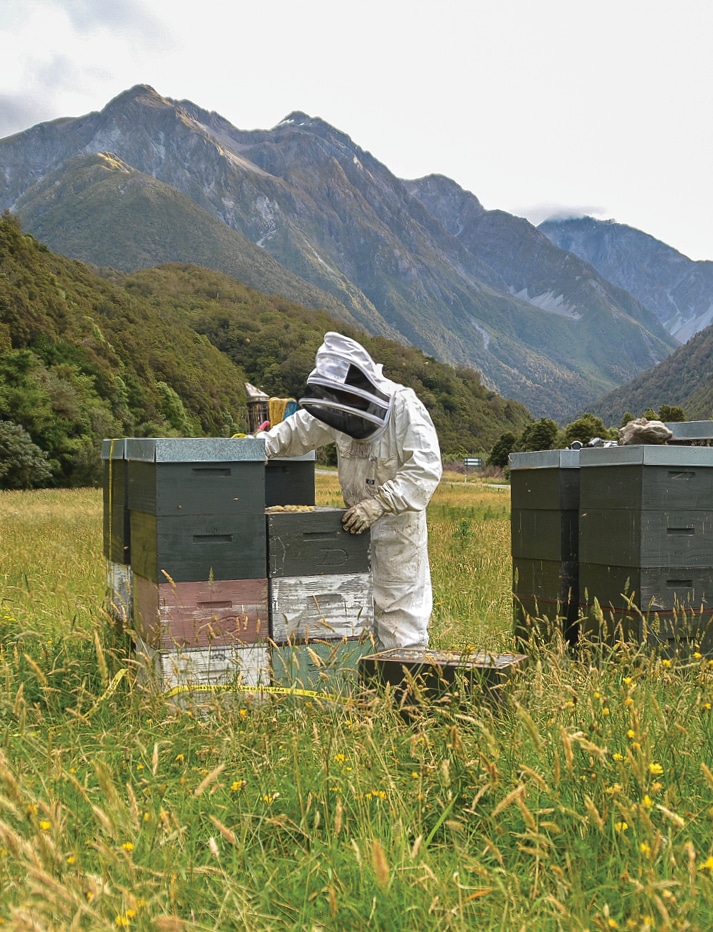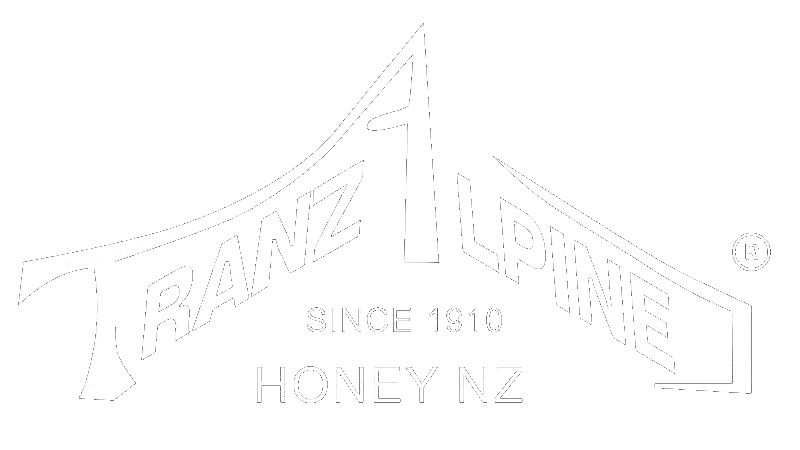
What is Methylglyoxal?
Methylglyoxal or MGO is the potent, unique compound that is responsible for the many powerful health benefits found in Manuka honey. Testing MGO levels are important as they can vary greatly – not all Manuka honey is equal.
Both MG and UMF are trusted Manuka honey grading systems and both measure methylglyoxal content.
MG is formed in the honey from Manuka nectar. As the honey ripens, the MGO content can increase. This requires expert knowledge and careful storage, along with precise testing to ensure the potency, quality, and purity of the honey.
The number of active compounds and MGO levels can vary greatly.
Similar to wine – some years can be good and other years can deliver the best.
The Manuka tree only blooms for a few weeks during summer in New Zealand. This limited flowering window combined with factors like the weather, the health of the bee colony and the number of flowers available for the bees to visit all play a part in the final quality and strength of the Manuka honey.
Just before flowering has finished, the honey is harvested quickly, ensuring that the quality of the honey is at its purest levels.
The remote location of the hives means that it is an adventure just getting to them. If there is a bad spell of weather, this means that there will be delays in accessing the hives and harvesting the honey, all of which affect the quality of the harvest.
When it comes to the quality of Manuka honey, conditions and timing are everything.
The MGO number tells you the level of MGO in your jar of Manuka honey, which is directly related to its potency. TranzAlpine Honey sells a range of organic Manuka honey from multi floral – to monofloral with MG ratings from MGO 50+ – MGO650+
Every jar of our Manuka honey is tested and certified for natural MGO content. The MGO number tells you the level of MGO in your jar of Manuka honey, which is directly related to its potency.
Posted in Ingredients and Benefits
Share:

